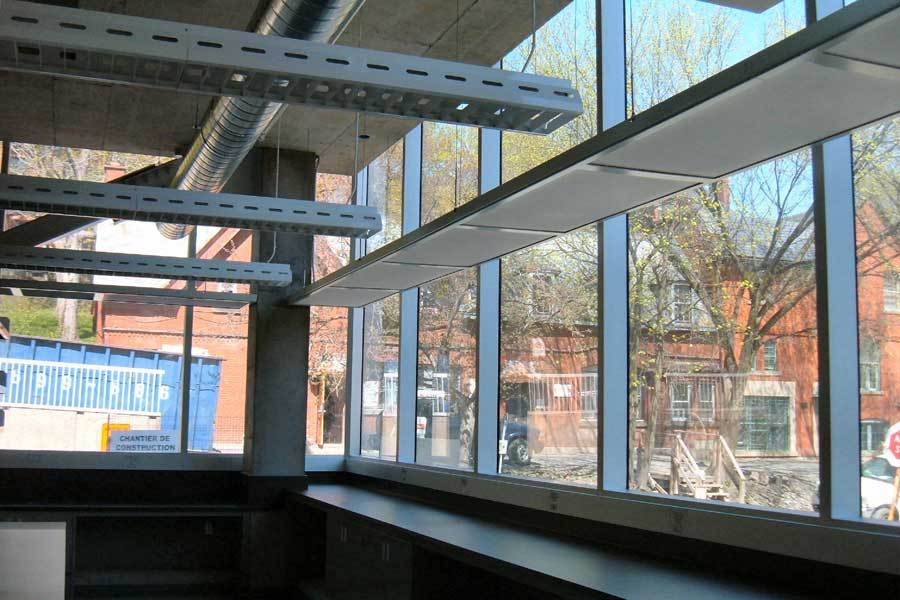
Virtually any material can then be placed on top of the radiant system, with no detriment to its effectiveness: tile, carpet, hardwood, or other engineered floorings.
#Radiant heat panels install#
Courtesy of Messanaīoth radiant heating and cooling systems take up less physical space than forced air systems, making them easy to install under floors, adding only around half an inch of height, depending on the system. Radiant heating panels in the dorm rooms of Chatham University keep students comfortable year-round and are quiet and hidden, with no disruptive maintenance. Pro: Particularly given the utility costs of the system it can replace, radiant cooling has a high payoff.Ĭon: In humid climates especially, spaces lacking good humidity control systems can see condensation form on and around radiant cooling systems.īest Use: Radiant cooling works best when incorporated on ceilings due to the property of heat rising. Rather than being inefficient, this actually means that in the hot summer months both the issue of humidity and the issue of heat are being controlled individually and exactly. To treat humidity in a space, a separate system is required. Existing building control systems dehumidify the ventilation air to the point that a space never reaches the dew point but remains comfortable for occupants,” assistant product manager of Viega Adam Botts told gb&d. “Radiant works really almost anywhere a standard forced air system will work. “If we want to save energy and reduce our carbon footprint, that’s where we need to focus-reducing the energy consumption in the HVAC device in summer,” Messana cofounder Alessandro Arnulfo told gb&d.Ī common concern regarding radiant cooling systems is their ability to function in different climates-particularly humid ones. And, in hot summer months, that energy benefit is even more pronounced as air conditioners notoriously demand an exorbitant amount of energy. Just like radiant heating, radiant cooling is also significantly more energy-efficient than forced air systems. Pipes and panels pump with cold water, which slowly yet surely neutralizes the heat in the space. Just as radiant heating uses contact to contribute heat to make spaces cozy, radiant cooling uses contact to remove heat from spaces and chill them. Installation of the Ray Magic system, which uses radiant gypsum panels to cool and heat rooms.
/Installing-Radiant-Heating-System-122019977-58692a833df78ce2c389fd2c.jpg)

Although the space will be warm at the end of the day either way, a lot must go into deciding between the two. In the radiant heat vs forced air debate, besides the decision of which fuel to generate heat, radiant and forced air systems each have their pros and cons. After all, the utility bill reflects not only the financial costs of an imperfect system but also the environmental cost of high consumption. According to the US Department of Energy, “Heating your home uses more energy and costs more money than any other system in your home-typically making up about 42% of your utility bill.”īecause it is such an important part of the home but simultaneously one of the most expensive, finding the right heating and cooling system for your project is extremely important. Forced air heating and cooling is integrated and common in homes with existing ductwork.īetween radiant and forced air heating and cooling, there are a world of differences-and the decision between the two is of great importance to both the comfort and the sustainability of a project.



 0 kommentar(er)
0 kommentar(er)
